On our second day in Kunisaki, standing in the open grounds of Usa Jingu, a series of four crisp claps echoed through the air.
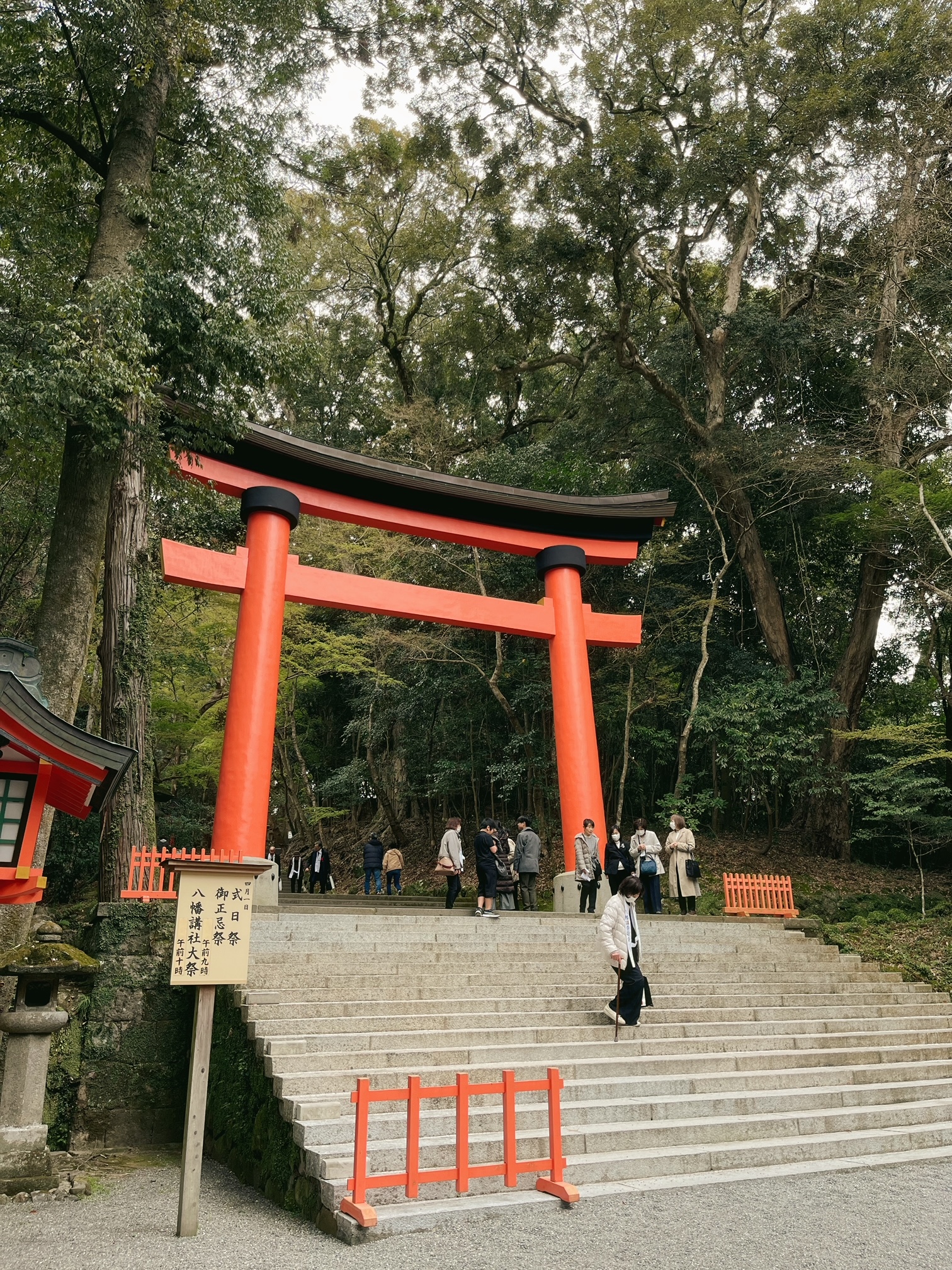 Usa Jingu shrine grounds (Photo/ Anton D. Javier)
Usa Jingu shrine grounds (Photo/ Anton D. Javier)
Unlike the typical two-clap custom seen at most shrines in Japan, visitors here clap four times: Twice for themselves, twice for others. It was a small detail, but one that stayed with me. These gestures – simple, repetitive, almost instinctive – spoke to how spirituality in Japan often blends into the backdrop of daily life. Not showy or overtly religious, but deeply traditional.
This sense of quiet continuity formed the heart of Walk Japan’s Kunisaki and Yufuin Walk – a five-day guided journey through Oita Prefecture, designed not for peak-bagging or grand sightseeing, but for moving slowly through a landscape shaped over centuries by pilgrimage, belief, and rural rhythms.
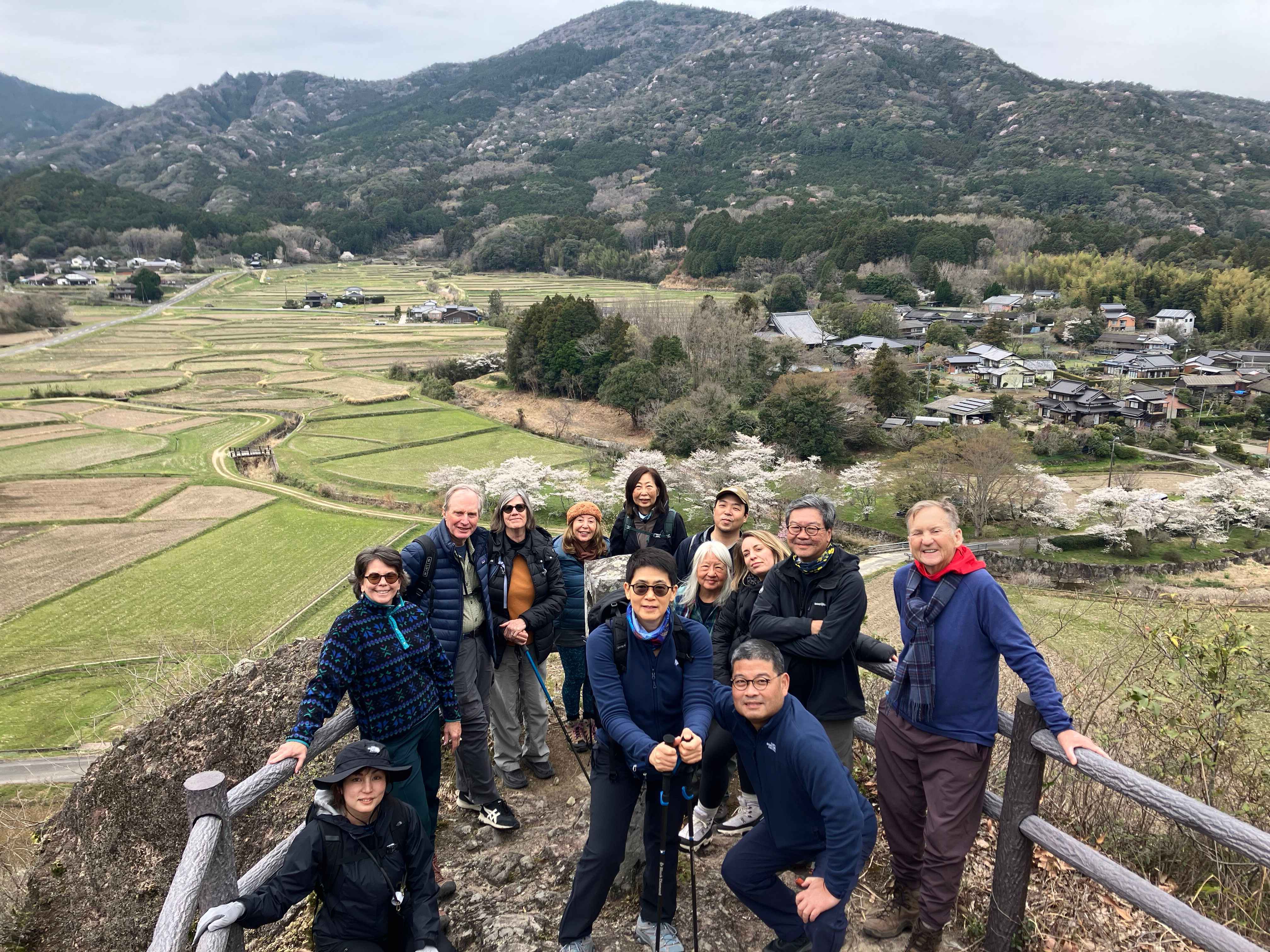 Photo/ Walk Japan/Jon Finger
Photo/ Walk Japan/Jon Finger
We were a group of 13: Six from Singapore (myself included), a mother and daughter from the UK, and two retired couples from the US, and the affable Yurika – a Walk Japan guide trainee who recently joined the travel company. Our tour guide, Jon Finger, brought with him a relaxed presence and an easy familiarity with the region. From the first meeting point at Nakatsu Station, the tone was set – calm, curious, and unhurried.
Our first night was spent at Kogane Sanso in Yabakei, a town known for its valleys, forests, and onsen. The following morning began with an early soak in the ryokan’s private thermal baths before setting off for Usa Jingu and the surrounding countryside. From there, we made our way to the Magaibutsu – two of Japan’s largest Buddhist reliefs, carved into the cliffside and reached by a steep, forested trail. It was the kind of site that doesn’t appear in most travel features, but leaves a lasting impression in its scale and solitude.
(Related: Walking into the heart of Japan)
Later, we wandered through Tashibu-no-sho, a rural village where ancient temples and farmhouses exist side by side. The trail took us past small shrines and wooden statues, often perched in rocky alcoves or at the edge of a rice field. In many ways, this was a walk through living history – not a preserved open-air museum, but a community where tradition is simply part of the everyday.
-
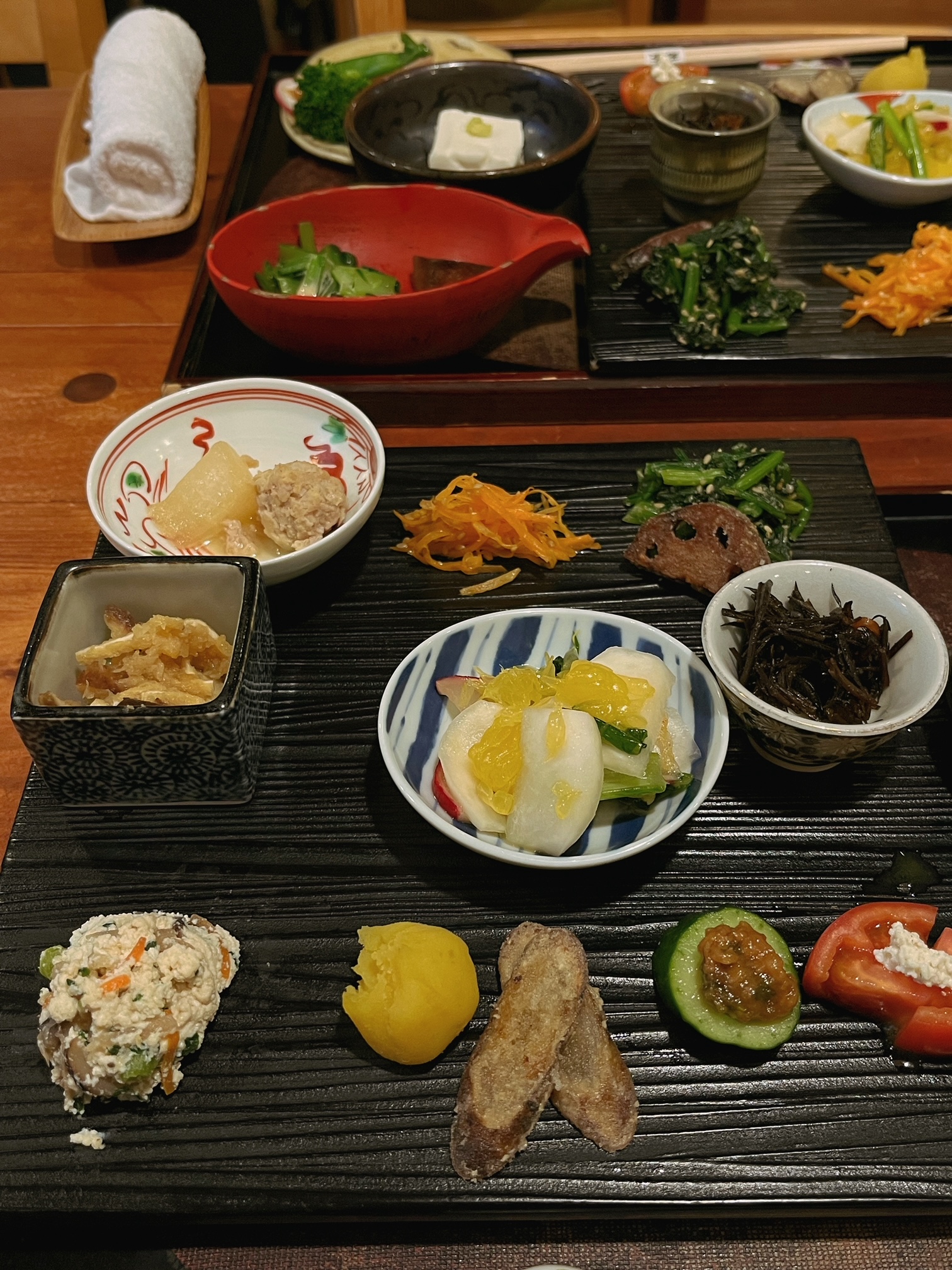
Photo/ Anton D. Javier
-
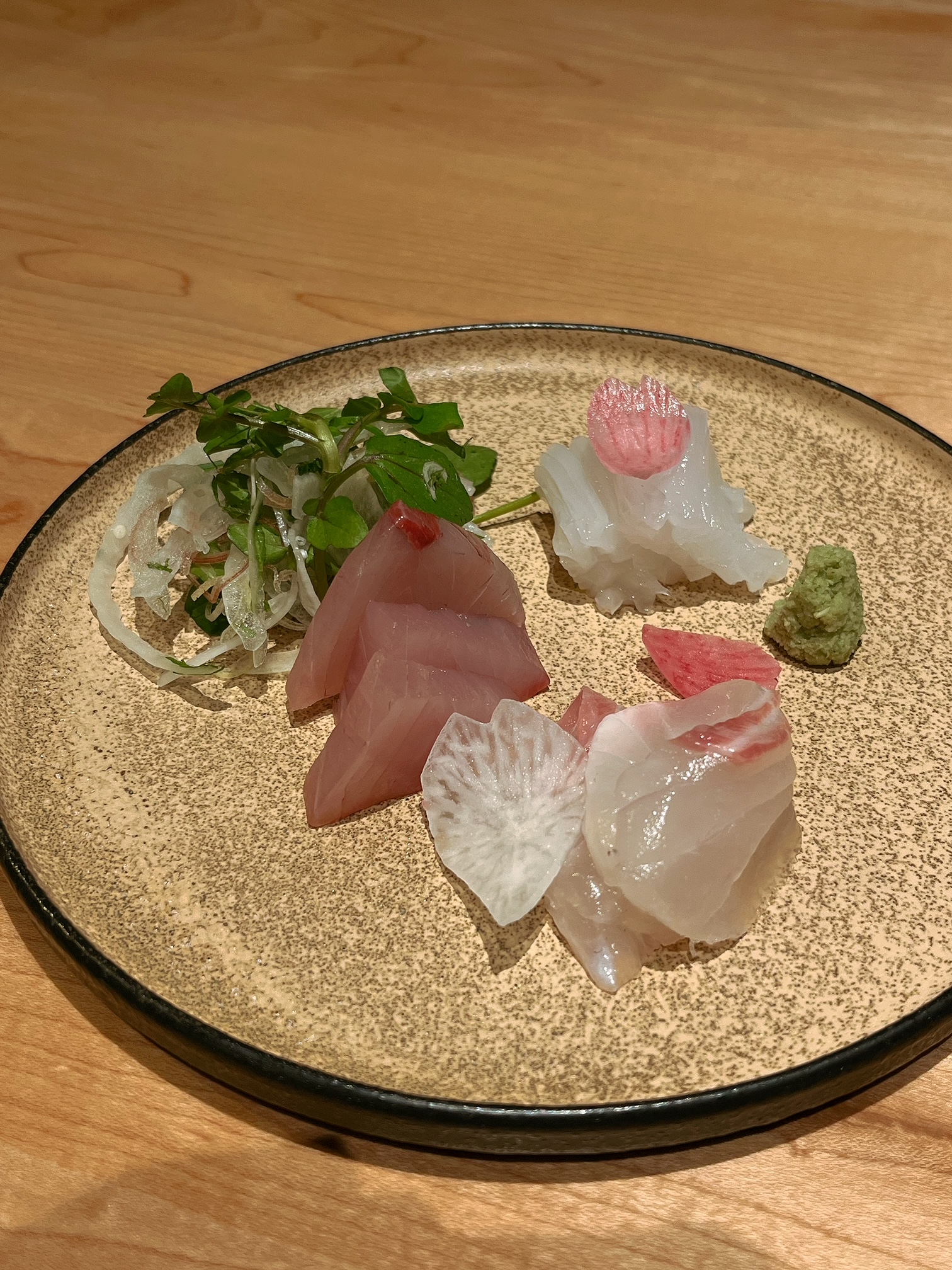
Photo/ Anton D. Javier
-
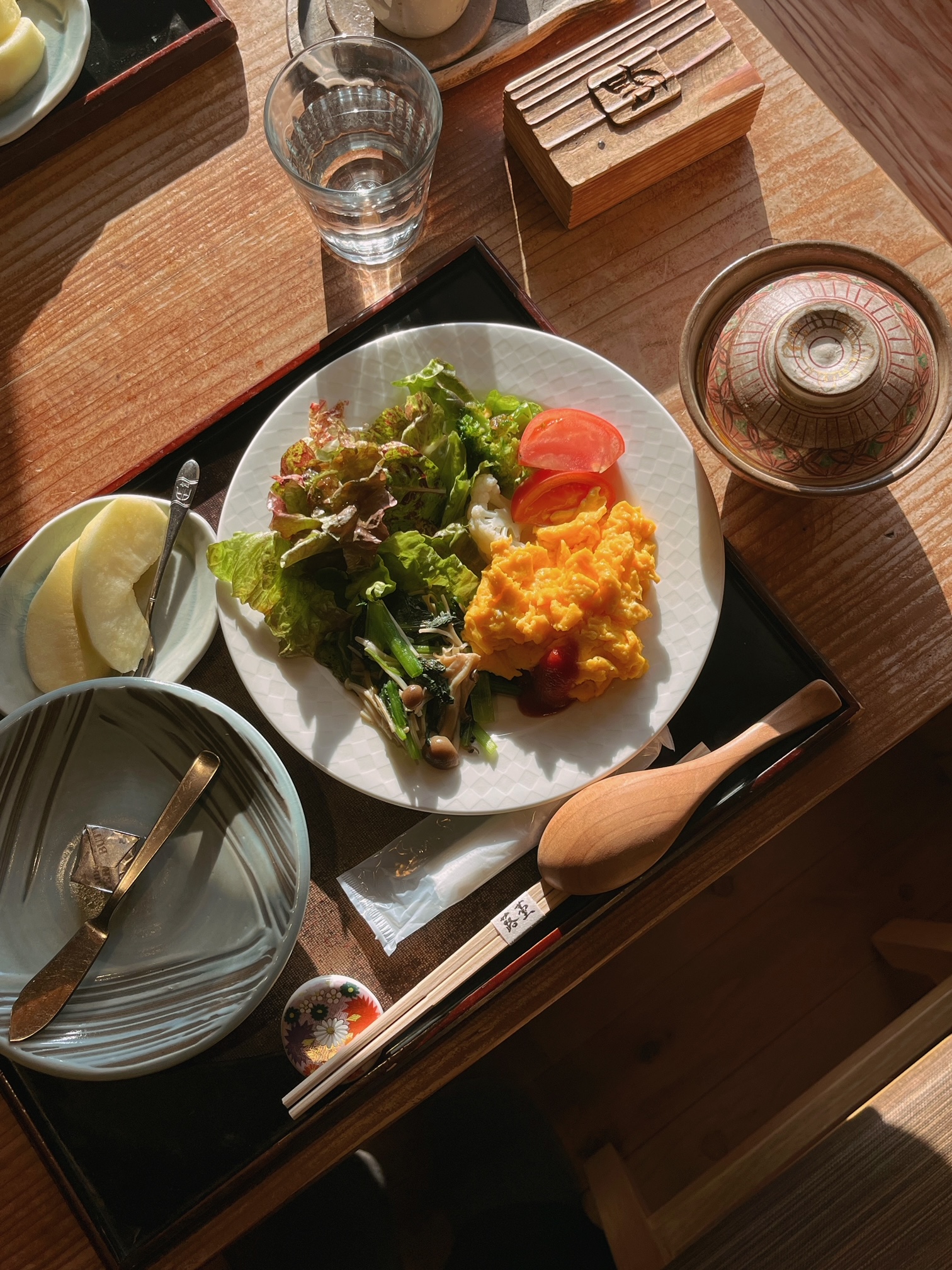
Photo/ Anton D. Javier
-
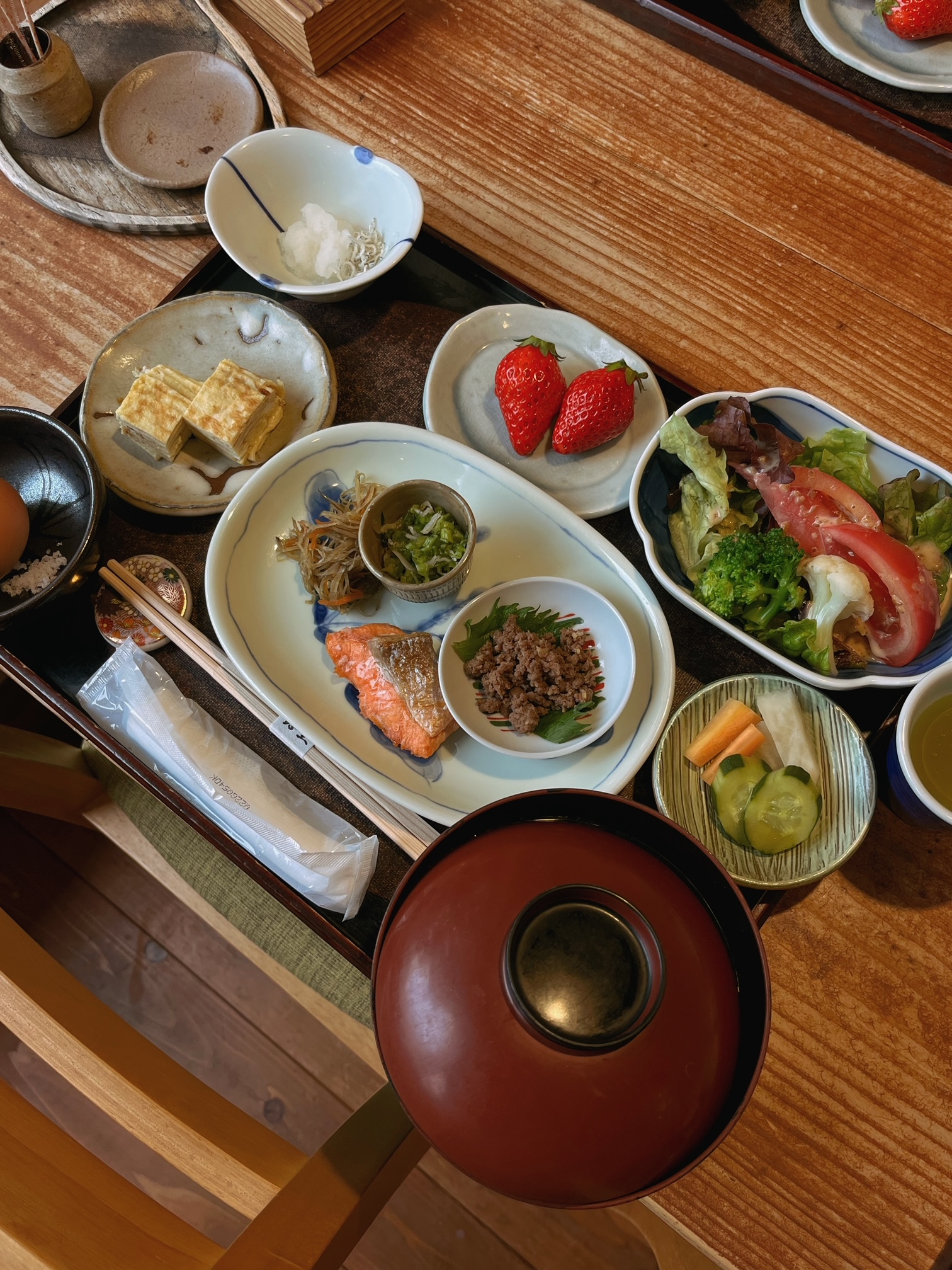
Photo/ Anton D. Javier
Click to next slide
At Ryoan Fuki-no-to in Fuki-ji, our inn for the next two nights, we were welcomed with an elaborate dinner made from local seafood and seasonal vegetables. Meals on the trip were consistently thoughtful. Never fussy, but always reflective of the place we were in. Miso soup with wild greens. Grilled river fish. Delicate slices of sashimi. Breakfasts were no less generous: Rice, tofu, pickles, eggs, and seasonal fruits, always ready to ground us before we laced up our hiking shoes again.
-
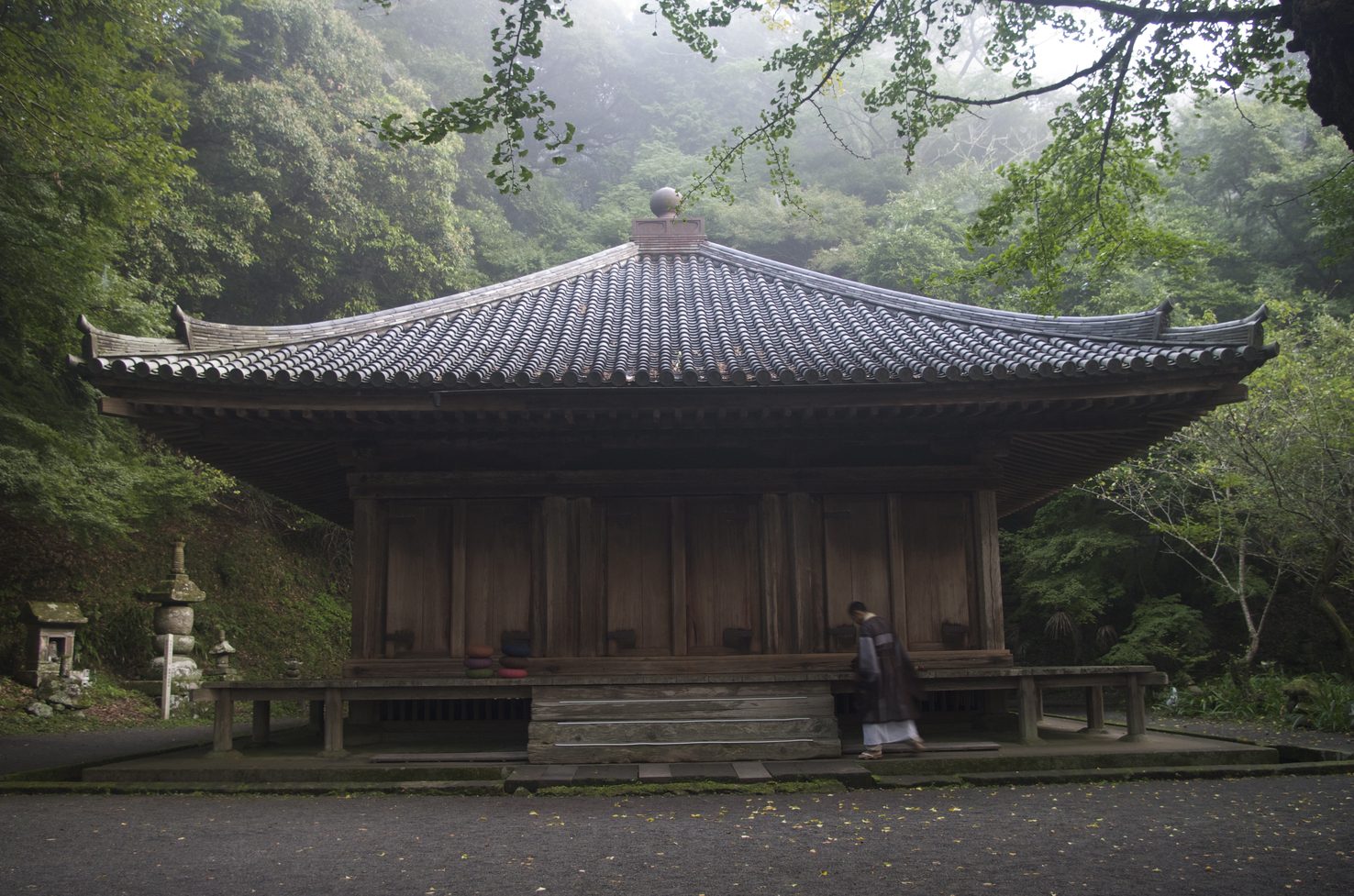
Fuki-Ji Temple (Photo/ Walk Japan)
-
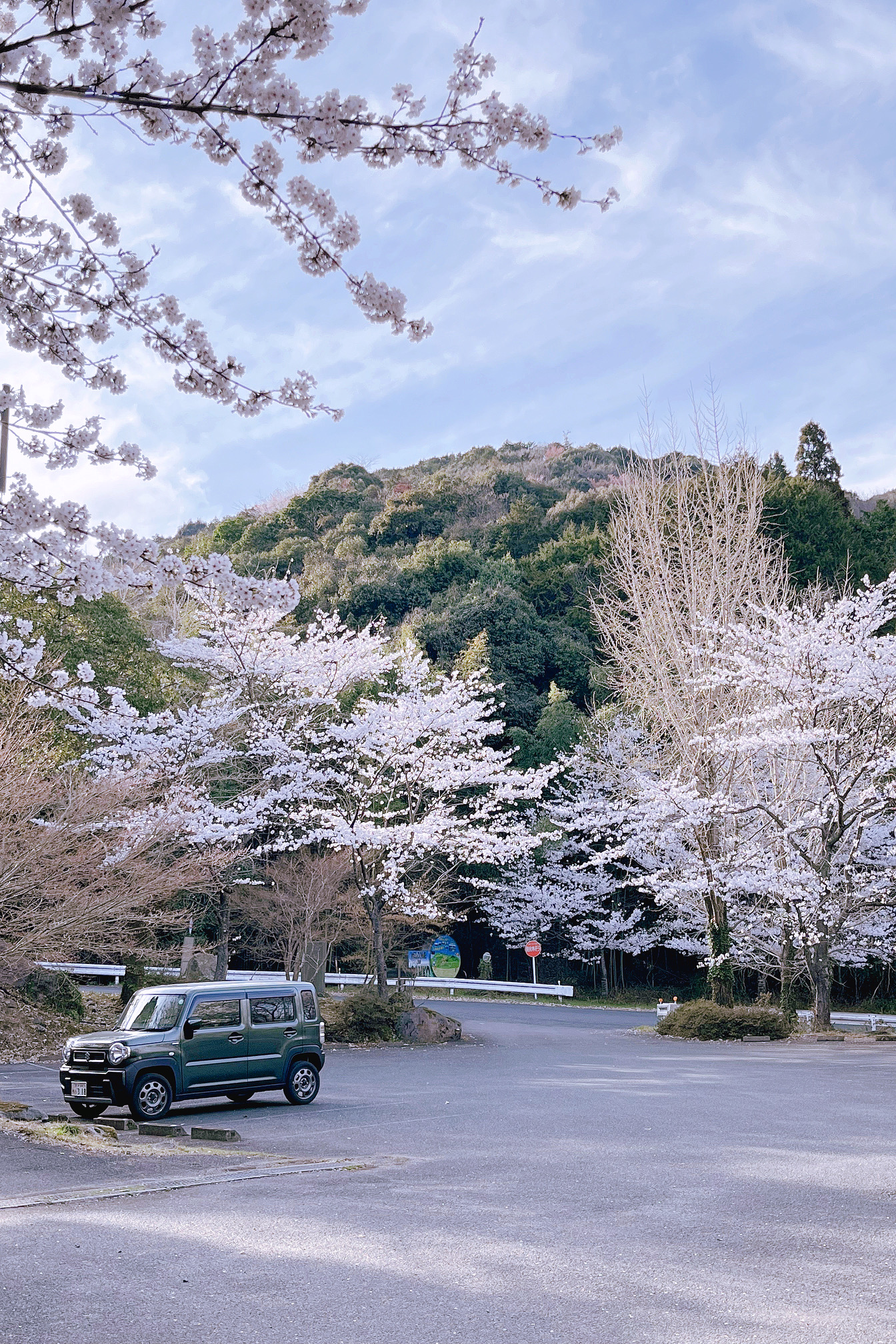
Cherry Blossom-lined public car parks (Photo/ Anton D. Javier)
-
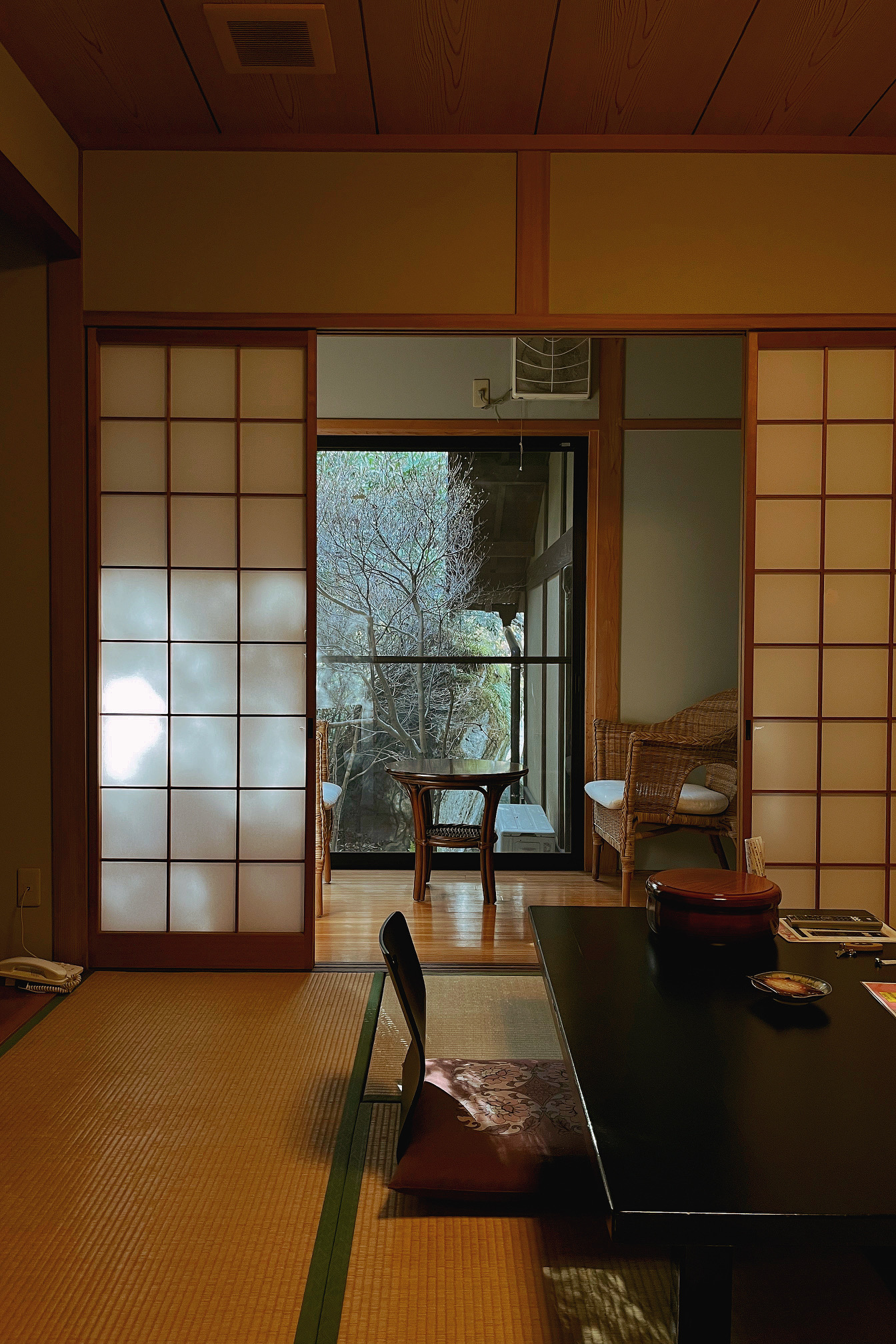
Ryokan interiors at Kogane Sanso (Photo/ Anton D. Javier)
Click to next slide
By the third day, the walking became a kind of rhythm. We started our day with a morning meditation session at the historic Fuki-Ji temple, immediately adjacent to our accommodation. We then set out for a lakeside park, moved past forested trails and hamlets, and climbed up to the ruins of Kyu-Sento-ji. Very little of the temple remains, but the site still carries presence. Stone walls and scattered gravestones mark the former grounds, including one believed to be that of Ninmon, the monk who introduced Buddhism to the region over 1,200 years ago. From a small temple nestled into a rockface nearby, we looked out over the Kunisaki Peninsula toward the Seto Inland Sea. It was a view shaped not by spectacle, but by layers of forest, faith, and time.
Spring was in full bloom while we were there. Cherry blossoms framed parks and trails, lined the edges of our quiet ryokans, and even brightened up empty parking lots. Unlike the crowded sakura spots in Tokyo or Kyoto, the blooms here felt unguarded – just part of the landscape and not a spectacle to be chased.
-

The Walk Japan Team: Yurika-san, our driver Goto-san, and guide Jon Finger, together with Ecchan, a kind local who welcomes hikers into her home for green tea and snacks (Photo/ Anton D. Javier)
-
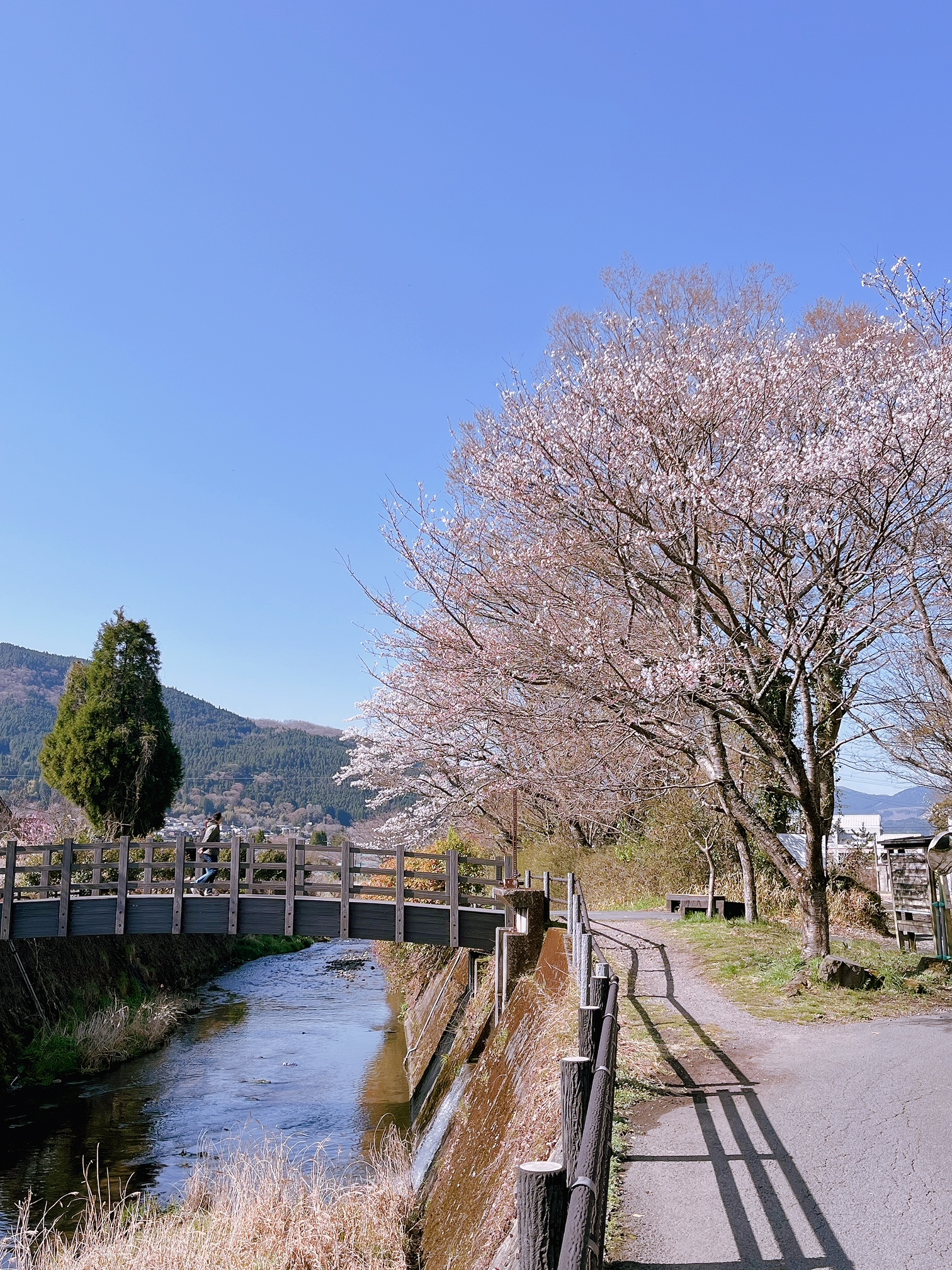
Cherry Blossoms in full bloom at Yufuin (Photo/ Anton D. Javier)
Click to next slide
One of the most meaningful stops came on our fourth day, when we visited Walk Japan’s Community Project in the rural village of Ota. The initiative is an effort to breathe new life into a region facing depopulation by reviving fields, restoring empty homes, and creating employment. It was a reminder that tradition isn’t just preserved; it’s also rebuilt and reshaped by the people who choose to stay.
Our final night was spent in Yufuin, a polished onsen town nestled at the base of Mount Yufu. With its many cafés, quiet lanes, and mountain views, it was a gentle place to end. We arrived in the evening and dipped into Enokiya Ryokan’s onsen before dinner – our last meal together as a group.
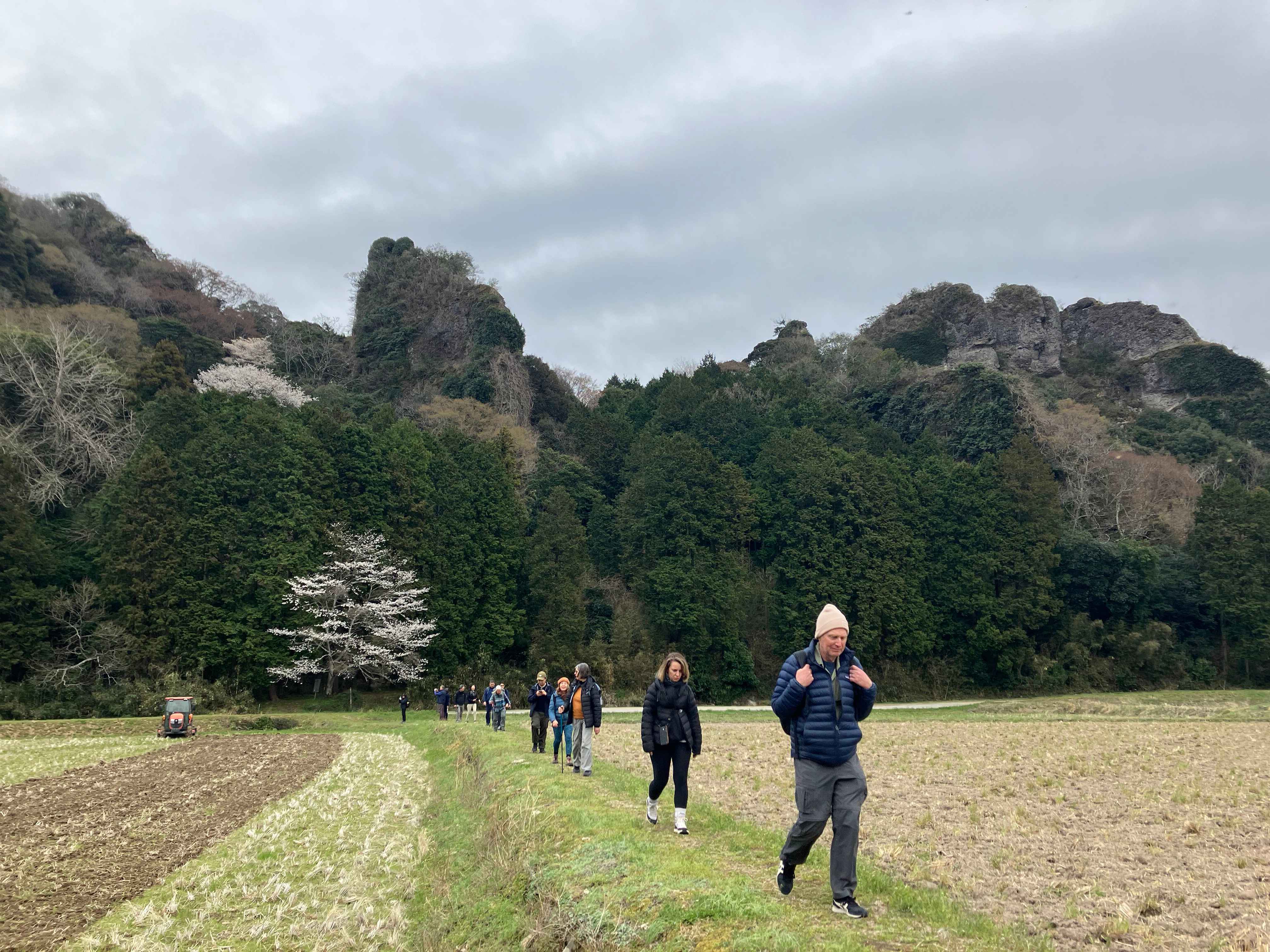 Photo/ Walk Japan/Jon Finger
Photo/ Walk Japan/Jon Finger
Looking back, Walk Japan’s Kunisaki and Yufuin Walk wasn’t a dramatic journey, but a layered one. It offered a view of Japan where belief systems are etched into stone cliffs, where shrines are still visited out of habit and respect, and where beauty is found in the details: A small carving by a roadside, a shared table of food, the crunch of gravel beneath your boots.
It reminded me that in some places, tradition isn’t a performance. It’s just how things are done.







 Usa Jingu shrine grounds (Photo/ Anton D. Javier)
Usa Jingu shrine grounds (Photo/ Anton D. Javier)
 Photo/ Walk Japan/Jon Finger
Photo/ Walk Japan/Jon Finger
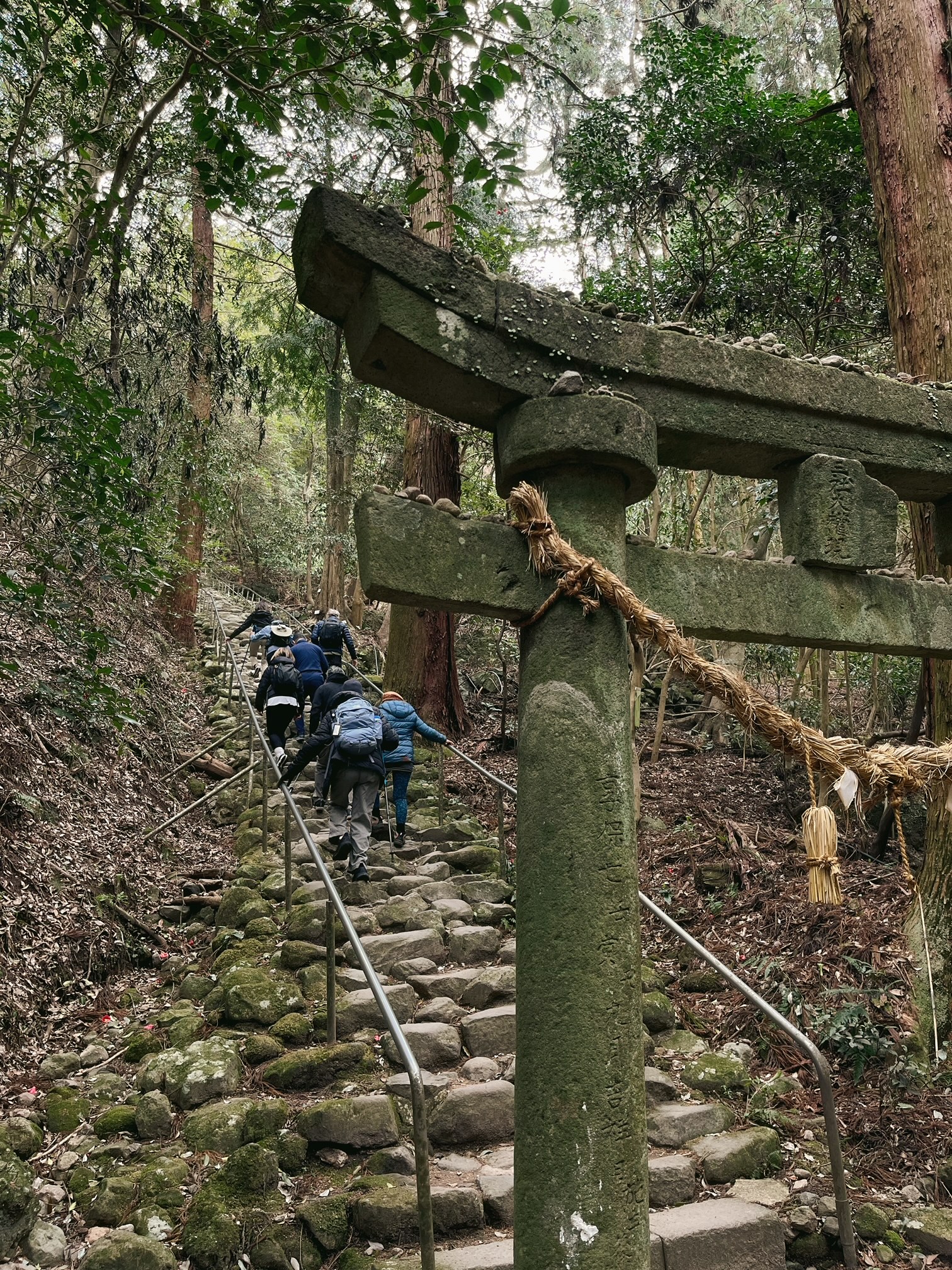
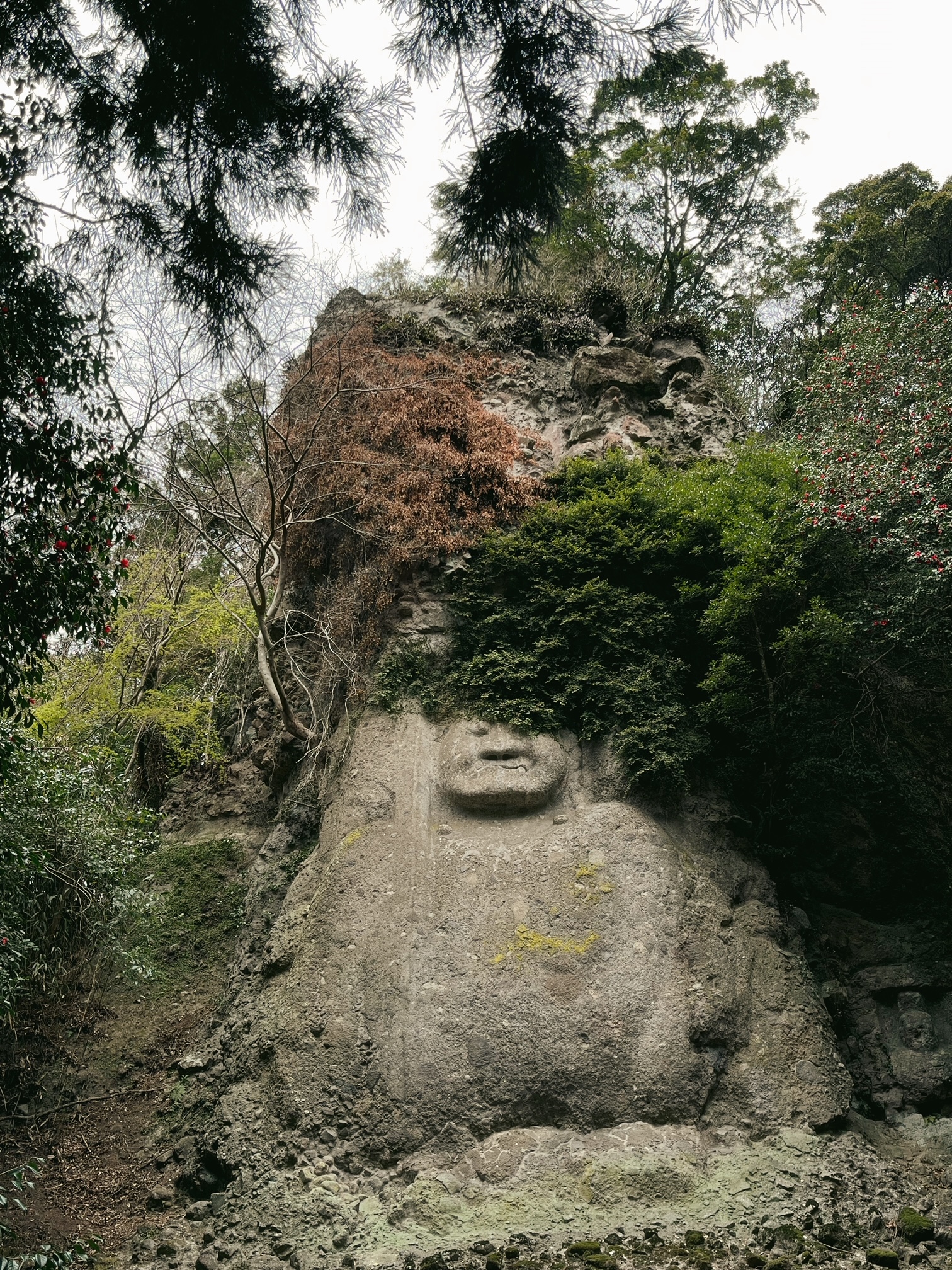
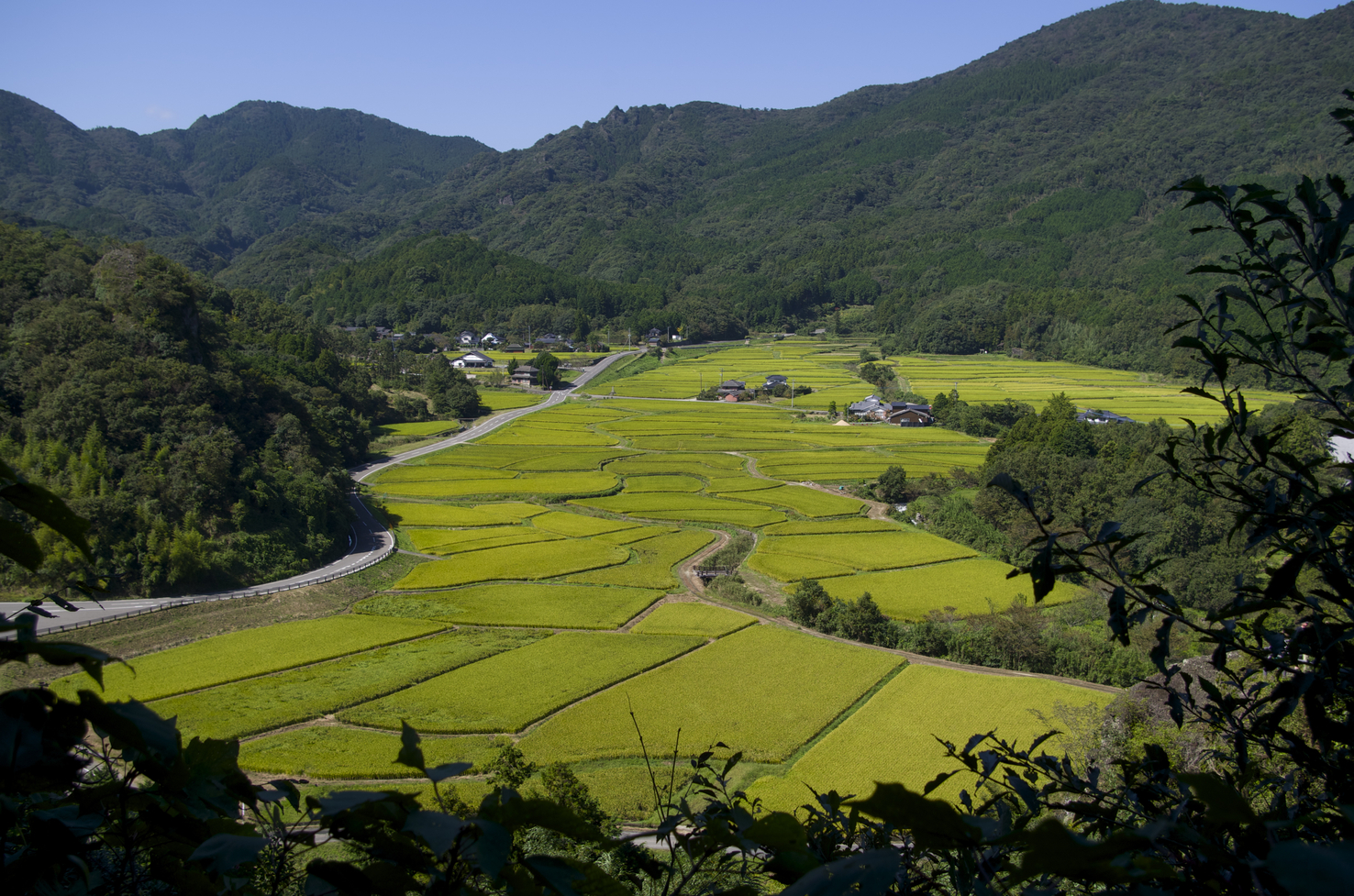










 Photo/ Walk Japan/Jon Finger
Photo/ Walk Japan/Jon Finger
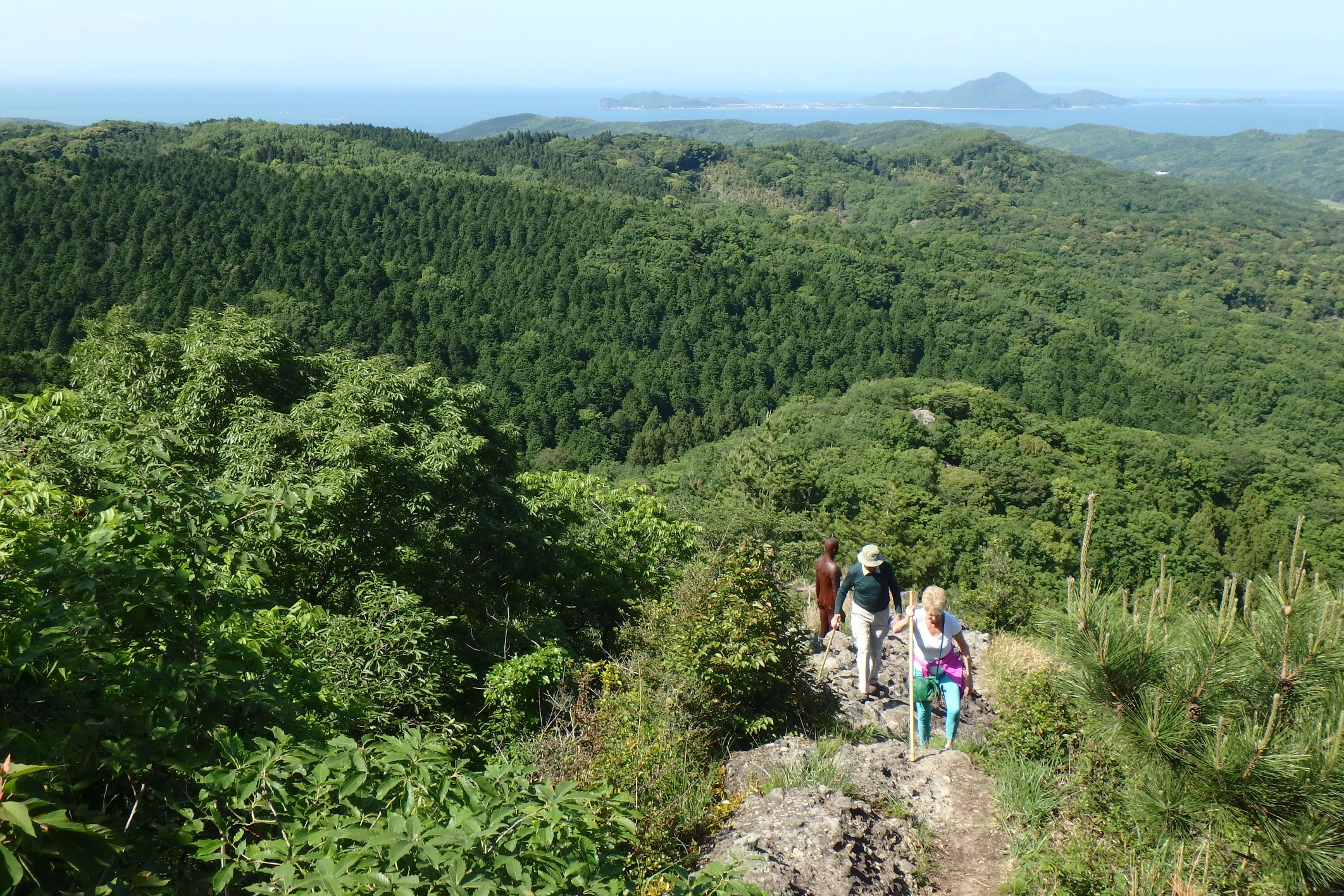




 Back
Back
